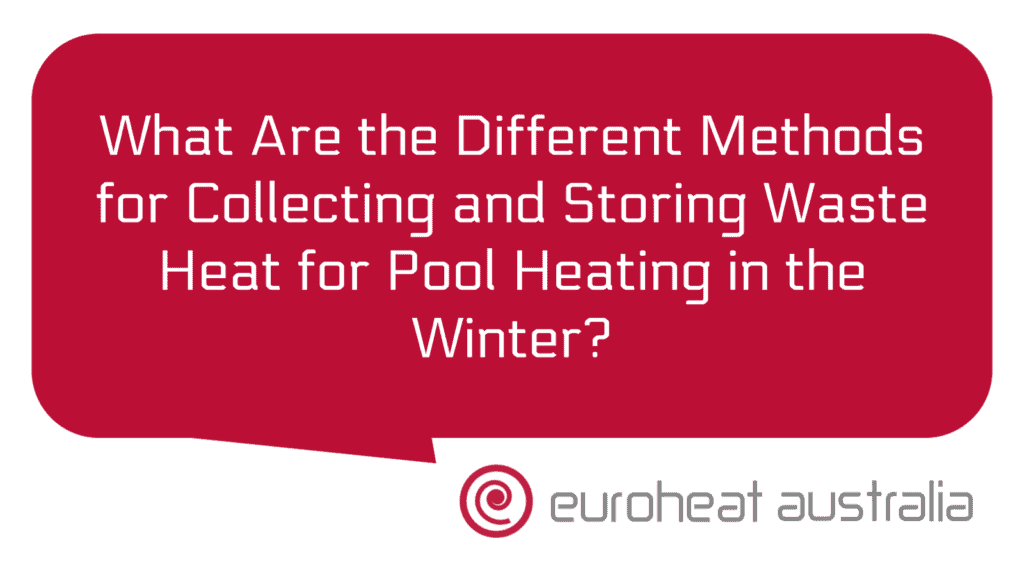Heating your pool in winter is a great way to extend the swimming season and make the most of your outdoor space. But what are the different methods for collecting and storing waste heat for pool heating in the winter?
One of the most cost-effective and efficient ways to heat your pool in winter is to install a heat and chill recovery system. This system will capture and store excess energy from other sources, such as air conditioning systems, boilers, hot water tanks, etc., which you can then use to heat your pool. The great thing about this system is that it doesn’t require any additional energy sources, so you don’t have to worry about running up your electricity bill or adding on more fuel costs.
The first step in collecting and storing waste heat for pool heating is to install an insulated tank that can capture and store excess thermal energy from other sources. This tank will need to be large enough to hold the amount of energy you need to effectively heat your pool, but not so large that it takes up too much space or becomes a costly investment. The size of the tank will depend on how large your pool is, as well as how much energy you need to collect and store.
Once you have installed an insulated tank, you will need to connect it to other sources of waste heat. This could be done through ducts connected directly from an air conditioning unit or boiler, or through pipes connected between hot water tanks or other heated appliances. Once these connections are made, any excess thermal energy from these sources will be captured by the tank and stored for future use in heating your pool during colder months.
Another option for collecting and storing waste heat for pool heating is to install a solar thermal panel system. Solar thermal panels are designed specifically for capturing solar radiation from the sun during daylight hours and converting it into usable thermal energy that can be stored for later use in heating your pool when needed. Solar panels are usually mounted onto roofs so they can capture maximum sunlight exposure throughout the day, but they can also be mounted onto walls or even ground-mounted if necessary.
When it comes to installing a system like this yourself at home there are some important points that should be considered before beginning work: hiring an experienced technician is recommended; assessing whether there are enough sunny days in winter where you live; making sure all materials used meet safety standards; checking local building regulations; ensuring proper insulation; and calculating total costs involved with installation. Additionally, if you decide not to install it yourself then hiring professional design & construction services may be beneficial due their experience & knowledge with hydronic heating & cooling systems – such as Euroheat Australia who has over 30 years experience in designing & constructing hydronic heating & cooling systems throughout Perth & beyond!
Overall installing a heat & chill recovery system can offer many benefits including significantly reducing electricity bills during winter months by using excess thermal energy collected from other sources rather than relying solely on electricity – potentially resulting in savings of up to 30% on total operating costs! Plus with no additional fuel source required it’s also beneficial from an environmental perspective by reducing emissions using renewable resources! So why not consider installing one today?





